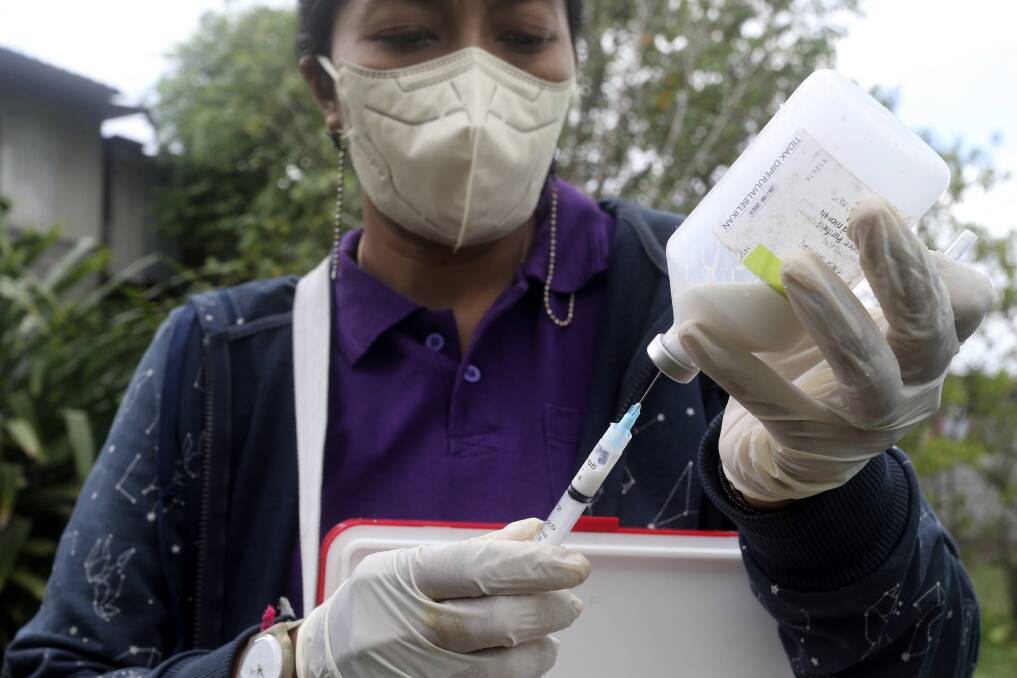
Work is underway to develop a livestock vaccine for both foot and mouth and lumpy skin disease drawing on the technology involving messenger RNA that underpinned COVID-19 vaccinations.
The science is being conducted in Canada, commissioned by Meat & Livestock Australia and the NSW Department of Primary Industries.
Even fast-tracked, it is expected to be at least 18 months before it can be determined if it's possible to produce an mRNA vaccine for the two exotic diseases threatening to devastate Australia's beef industry.
If successful, the NSW Government has indicated it would invest heavily in building a facility to produce the vaccine on a large scale.
mRNA is the key ingredient in the Pfizer and Moderna vaccines and is credited with the speed with which COVID vaccines were able to be developed.
The vaccines draw on mRNA created in a laboratory, capable of 'teaching' cells how to make a protein that triggers an immune response. That produces antibodies which prevent sickness from a particular germ or virus.
This is different from traditional vaccines which work by putting a weakened or inactivated germ into bodies.
With FMD and LSD, current vaccines available are live, which means should Australia start using them, it would forfeit its FMD-free status which provides a lucrative market access and premium advantage for our beef.
mRNA technology could possibly be a way around that.
ALSO IN BEEF:
Meanwhile, it is becoming evident that rolling out vaccines across Indonesia will be a long, slow and tedious job.
Department of Agriculture officials told a senate inquiry hearing in Canberra this week that of the three million doses of FMD vaccine Indonesia has ordered, one million have now been administered.
One million extra doses from Australia will arrive in Indonesia on August 22, the first hearing of the Senate Rural and Regional Affairs and Transport committee inquiry into the adequacy of Australia's biosecurity measures and response preparedness heard.
Speaking at the Royal Queensland Show last week, consultant Greg Pankhurst, who has more than 30 years experience in feedlotting beef in Indonesia, said there were significant challenges with rolling out the vaccines due to the nature of beef production in Indonesia.
His information paints the picture that it would be difficult to know exactly how many animals are infected in Indonesia.
There are 14 million head of cattle in Indonesia, owned by five million farmers. There are also 50m other animals which could transmit FMD, he reported.
The average annual income for an Indonesian farmer is $5000. Each cow is worth around $2000. For this reason, there are many small-scale farmers nursing their two or three head back to health.
"It has been drummed into Indonesian farmers 'do not take your cattle near anyone else's'," Mr Pankhurst said.
"So we roll out crews and they go to one farmer and explain the process, give the injections, then go half a kilometre up the road and do it all again.
"Indonesia has plenty of good vets, they produce 40,000 a year from their colleges, so there is no shortage of people to administer the vaccines but the nature of how cattle are owned means it is a slow process.
"Indonesia has 13000 islands and most have livestock on them."


